Filmmaker 5 with PH Dallaire & Ben Therriault: Canary
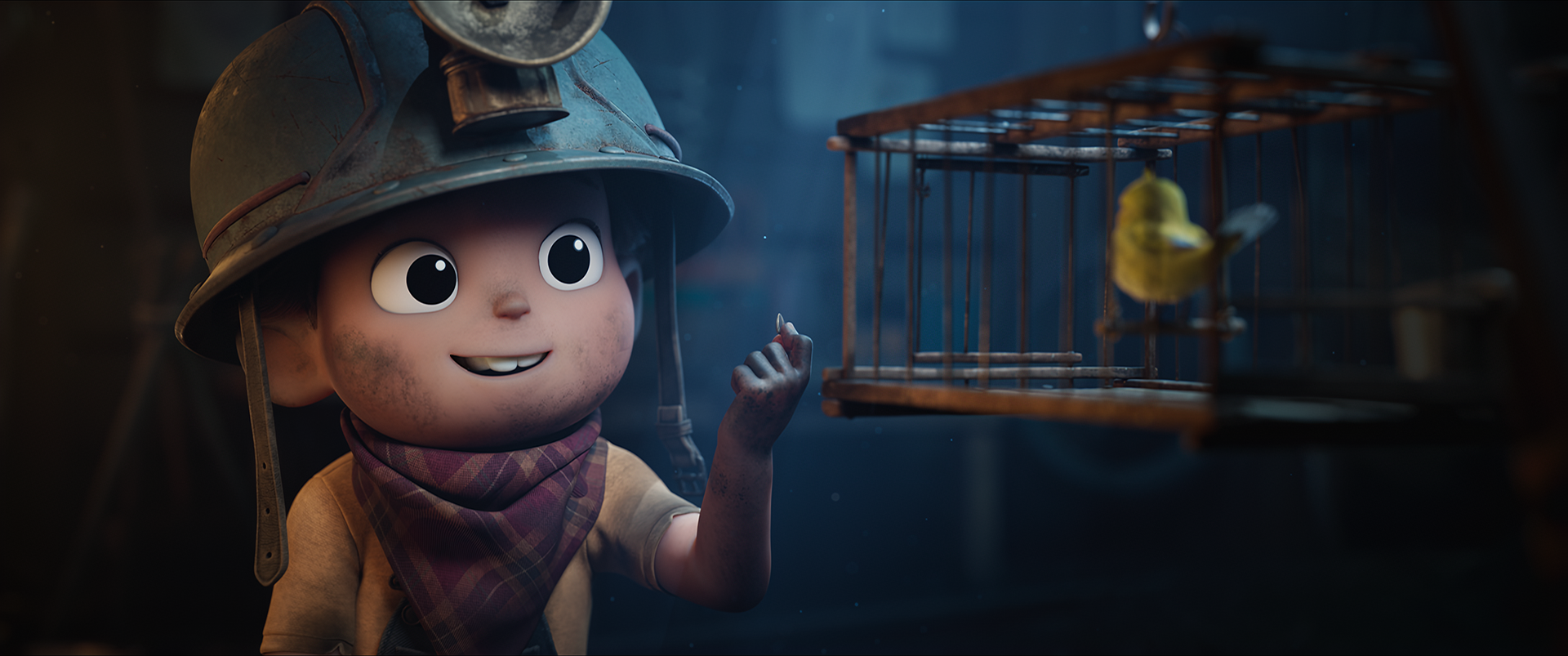
Canary is Rodeo FX’s first feature-quality animated short film. Set in a Canadian coal mine at the turn of the 20th century, it’s a universal story about freedom, childhood, hope and grief that can be appreciated by global audiences from all walks of life.
Canary has its North American premiere at Toronto International Film Festival, September 8-18, 2022 as part of the TIFF Short Cuts Programme 05 programming. Showtimes here.
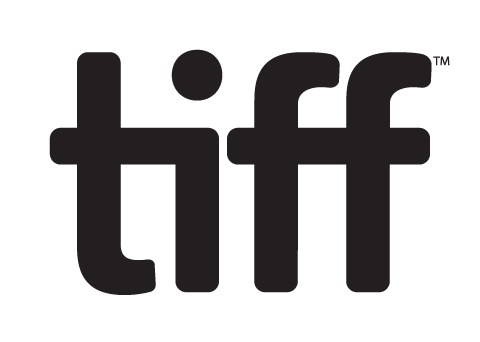
Our Classic Couple Academy interview with Canary filmmakers Pierre Hughes (PH) Dallaire and Ben Therriault follows.
Filmmaker 5.1: You’ve wanted to tell this story for 10 years. What was the journey like to get to the final film?
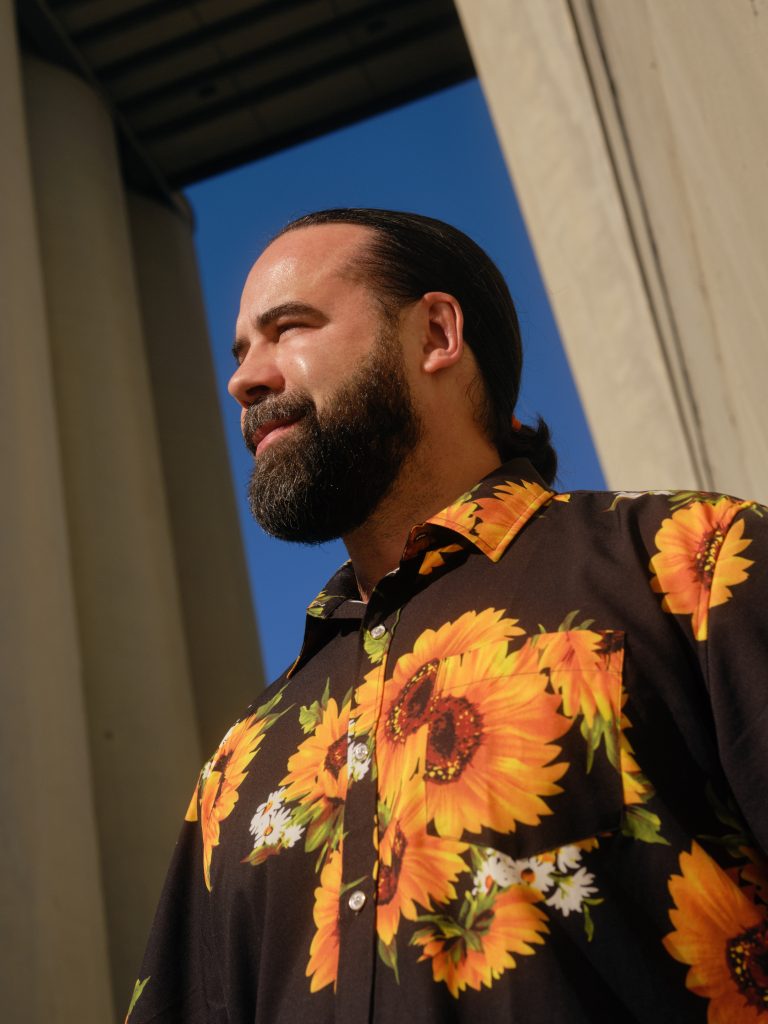
PH: Almost precisely 10 years, since that seed of an idea first caught hold. We certainly accumulated a lot of experience along the way! For the last 15 years we have been directing high-end commercials with computer animated characters. And all the while we kept extra busy jumping on any opportunities we could to tell our own original stories. But Canary is the first time we’ve managed to avoid most compromises, and make a truly personal piece.
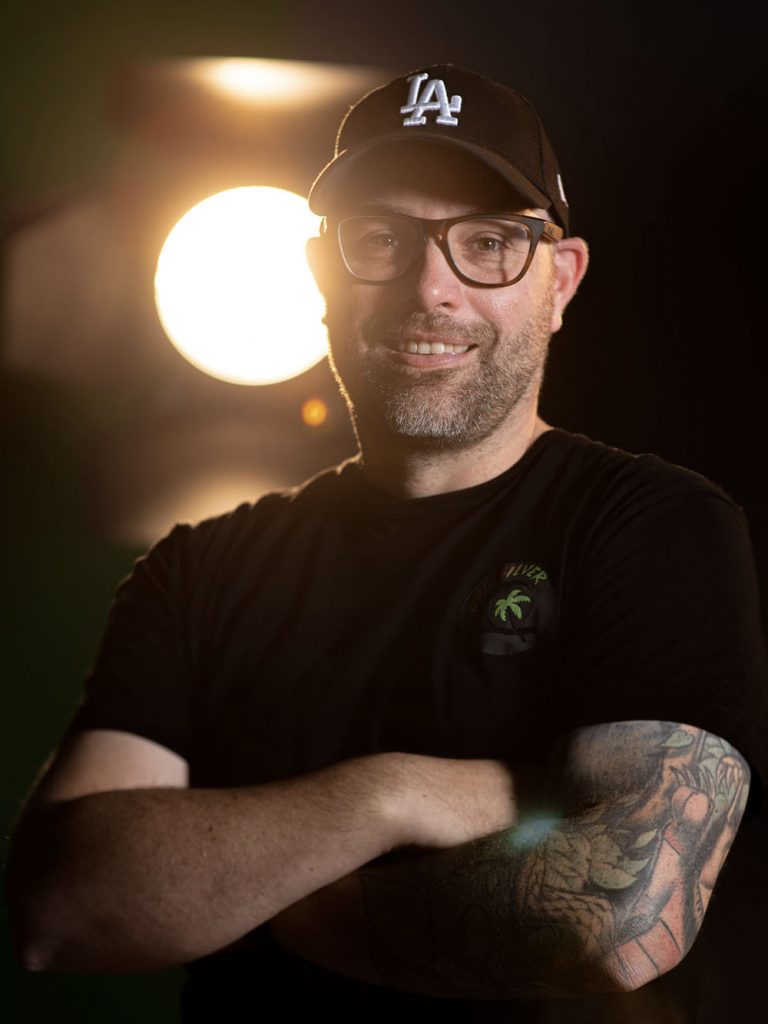
Ben: The dream for us was doing something along the lines of the beautiful work we’ve seen from Pixar in CG, and Studio Ghibli in 2D animation. And we also have always had a deep admiration for the original stories and styles expressed in independent short animated films. There are many excellent independent animation filmmakers in Canada, thanks to the support of the National Film Board (NFB), whose films are very well regarded and have made it all the way to the Academy Awards numerous times.
PH: Being one of the founders at the company we were working for back then, I thought I might be able to nudge the studio toward original short films. Commercials obviously were never the goal for us—it was to put bread on the table. Commercials pay the bills, but as artists telling compelling stories is what we live and breathe for.
Anyway, I mistakenly thought that once we had achieved a modicum of commercial success, which we did, the doors would open to the type of independent animation we really wanted to do. But it turned out that Ben and I were the only ones in charge rowing in that direction, and we could never get our personal projects greenlit.
What kept us sane creatively is that we managed to juggle and fit in a few original “short short” film pieces here and there. This usually took the form of animated “Holiday wishes”, meant for our commercial clients, but which we somewhat hijacked to do our own thing and tell our own stories.
Some of these short shorts had a degree of success in spite of the severe constraints on the length of the piece and the crazy deadlines. Share The Joy in 2012 in particular was a stand-out for us, which earned a nomination at the Annecy International Animation Film Festival and a Vimeo Staff Pick.
Ben: We also experienced a major major failure in 2016, which sidetracked us for a while and had us re-examining our careers and re-evaluating our choices. It was a very bleak period, in spite of the lighthearted subject matter at the centre of it all.
This major fail was called Outside, and it is the short film that we tried to make immediately before Canary. It’s a short comedy piece about a little black house cat with a bell around his neck who dreams of catching the birds he sees out the window; but when he escapes out of his home he quickly discovers catching birds isn’t so easy, when you have a bell around your neck! (Outside Trailer)
It was a fun film chock-full of physical comedy and laughs. And it was so heartbreaking for us to have developed the characters, storyboarded the film, made it all the way up to the creation of a 40-second trailer! Only to have it ultimately cancelled. We’re still quite proud of what we managed to create with Outside, and seeing it stuck now in permanent limbo…it’s painful to think about.
It did give us a much needed kick in the buttocks, and pushed us to make a clean break with our previous employer, who in the end clearly had no interest in going beyond commercials. So we decided to fully commit to what we had been dreaming about since our childhoods.
PH: The timing, thankfully, turned out to be particularly propitious. We had just started taking meetings and pitching Canary when Sébastien Moreau, the president/founder of Rodeo FX, a company specialised in high-end visual effects work (Stranger Things, Game of Thrones, Sandman) reached out to us based on the snippets of our previous work that he had seen. This was in 2019. He is very passionate about animated films, and he was curious to know if we had any ideas we would like to pitch to him. Well once he heard the presentation he was immediately on board, and he understood exactly what the film was about. With his support, the short film Canary was launched into production and, despite many complications, including some related to the pandemic, the film was finalised in May 2022. Just in time to submit to TIFF!
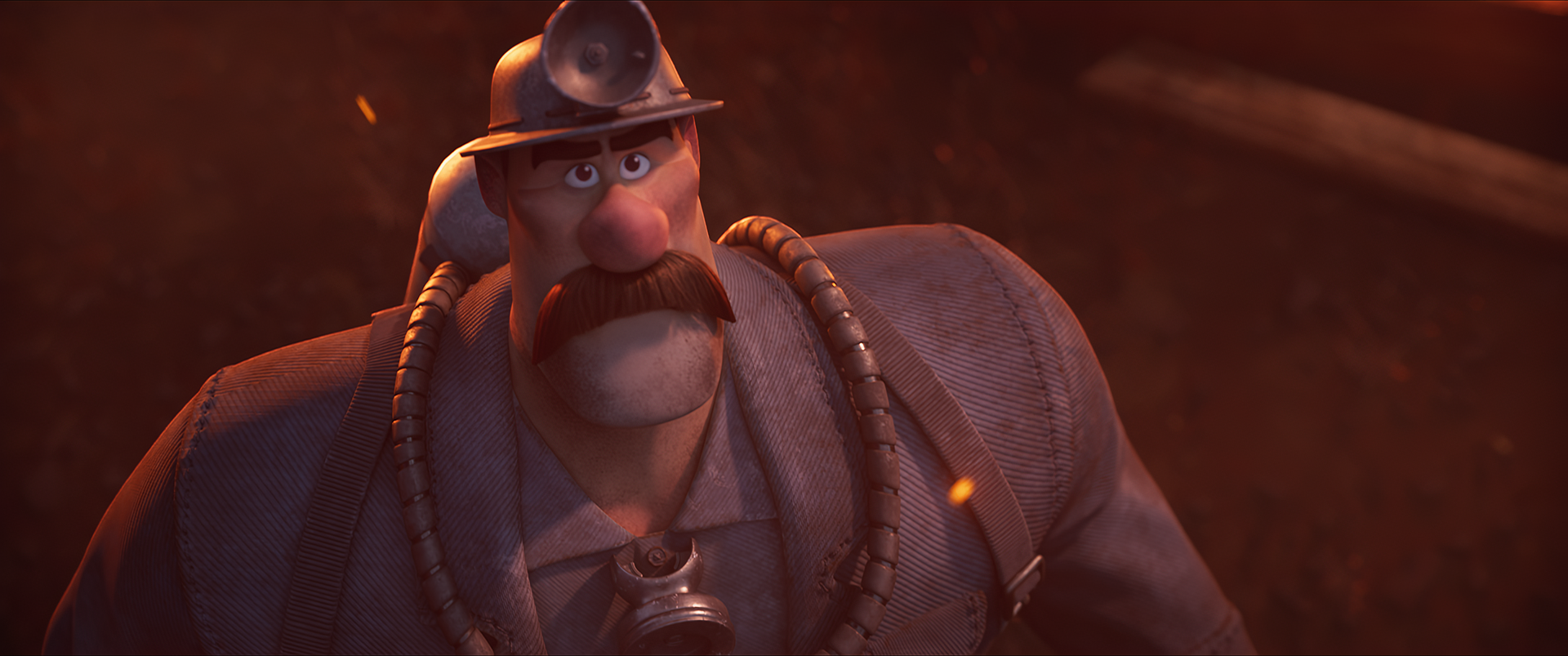

Filmmaker 5.2: You contrast child’s play with child labour and exploitation in Canary. What inspired you to take on these themes?
PH: Child labour and exploitation is a horrible, horrible practice that obviously is still very real to this day. It’s particularly troubling when it goes on in physically dangerous environments, and underground coal mining was so insanely dangerous back in the early 1900s.
We were aware of this, and we also knew about the use of coal mine canaries around that time.
The child miner and the canary, each of them individually is such a tragic figure. What a difficult and unforgiving existence they both lived.
Yet they also seemed like a perfect match for each other. We honestly don’t know if there ever was a historical child miner who also tended to a coal mine canary.
But we tried to imagine what their relationship would be like, and what their existence would look like down there, how would they survive?
Ben: They’re both vulnerable and fragile in this very fraught environment. The bird and the boy would certainly share some of the same desires, the same hopes. The desire to be free, to escape, to play. And we imagined the two of them feeding off each other’s energy, caring for each other and, in spite of their situation, giving each other a bit of much needed hope.
We thought there was something beautiful about their relationship, and how it would help them endure. Would they find a way out of that mine?
The story spoke to us enormously because it is rooted in some historical truths. It would also allow us to shine a light on some very difficult issues, but thanks to this core relationship between the protagonists, we also had room for some warmth, and keeping a ray of hope within all of that darkness. For all of these reasons, it felt like a worthwhile story for us to tell.
Filmmaker 5.3: You use no dialogue in this film, relying instead on music and sound. What drove that decision in how to tell this story?
PH: It was a goal of ours from the start not to have dialogue in the film. We had seen this done successfully a few times in short films, and it’s always very satisfying when done correctly. Purely visual storytelling! Although we did have our doubts, especially about clearly communicating one of the core concepts of the film: coal mine canaries and how they are used underground, especially for viewers who had not been exposed to that prior to the film.
I have to admit the final decision regarding the dialogue was up in the air for a long long time during production! Would it feel bizarre to the audience that this group of underground miners, this tight knit community, do not speak a single word to each other for 12 whole minutes?
Ben: We had mostly seen it done in shorter shorts. We quickly realised you have to be very careful about how you stage the interactions between the characters, and what type of situations they are caught up in, so that the lack of conversation always makes sense. We would probably avoid having the miners sit around quietly sipping coffee with each other, that type of setup might be asking for trouble. It just might break the spell.
PH: But we certainly loved the idea of making a film that people of all languages could understand without subtitles, in which all the key information is conveyed entirely visually; we loved that approach so much that we kept looking for solutions to make it work, and find ways to make it seem natural to the viewer. And in the end the composer/sound designer, the ridiculously talented Iohann M. Miller, did such an amazing job of tying it all together, now it really seems like it was an obvious choice to make.

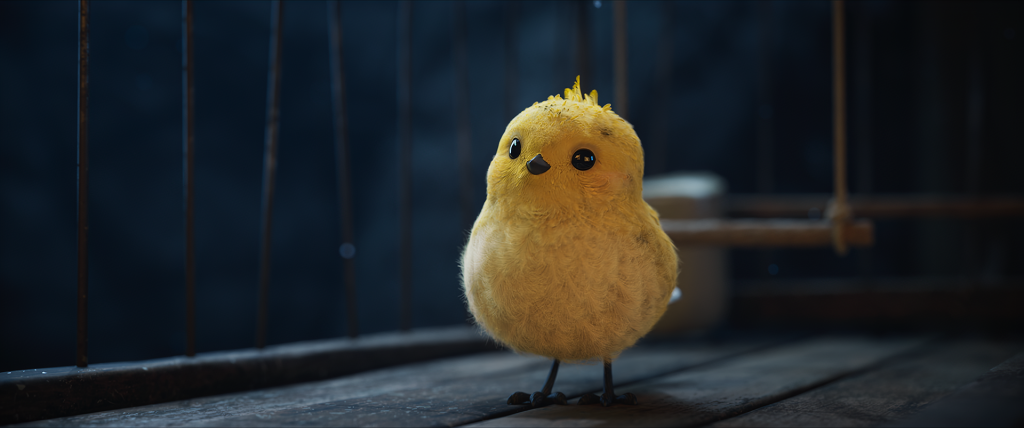
Filmmaker 5.4: How do your individual skills complement one another and, in each of your views, show up in Canary?
Ben: How we direct together generally, and how we directed Canary in particular, it is such a mind meld of our sensibilities, and a total tag team effort overall. It feels like sometimes it would be simpler if we could simply categorise ourselves like that: hey I’m the comedy guy, and over there is the drama guy, or vice versa. But directing animation, as you know, involves thousands of decisions thrown your way. Thinking back after the fact it’s incredibly hard to even remember who came up with what. And there’s something pleasant and inclusive about that.
PH: A few times when we had split up during productions in the past, I might deal with animation while Ben focuses more on lighting, but on Canary we both maintained our involvement for all departments. It was important for us to maintain consensus on all of the decisions that would impact the storytelling.
Although we have very different tastes and personalities, what’s great about working together is that we get to smush those diverging opinions together, and it feels to me like it provides us with a more inclusive sensibility than we otherwise would have in our storytelling.
One way I like to explain it is by looking at the movie critics Siskel & Ebert, of “Two Thumbs Up” fame. When both of them agreed on something, it was much more significant and meaningful to the viewers than their individual opinions. The sum was definitely greater than the parts.
In the same way, where our differing tastes and sensibilities intersect, i.e., whenever we both agree on a story point, it seems to ensure it will resonate with a wider audience.
Ben: There’s also the basic fact that there is so much ground to cover in CG animation! Working as a duo just makes sense to us. It’s not a coincidence that it’s become the norm to see duos and even trios of directors working together, especially in feature animation.
PH: Essentially you’ve got two best friends who get to hang out together every single day and do their best creative work together.
Filmmaker 5.5: What would you say to film festival goers about why to see short-film programming?
PH: You will absolutely fall in love with them! My first short film experience was watching Cat Came Back, a hilarious short film by Cordell Barker which got an Oscar nomination in 1988, at a museum exhibit of all places. This was when I was very young, probably 6-7 years old. It’s still one of my favourite films, and definitely worth checking out. To this day, It still informs my sense of what’s funny.
Short films have had a special place in my heart ever since.
Ben: Short films are these amazing and unique self-contained little gems. Where else can you experience such a rush of originality, discover such surprising stories and unusual viewpoints in just a few minutes?
And when you’re discovering short films at a festival like TIFF, well, you are very very privileged because they’ve already done the hard work of sifting through thousands of entries, and they’ve curated a wonderful slate of shorts for you. Odds are your mind will be blown by at least one short per program!
PH: If you happen to like Tik Tok, short films may be a pretty good bet 😉
Classic Couple Academy Recommends
Watch the Canary trailer.
